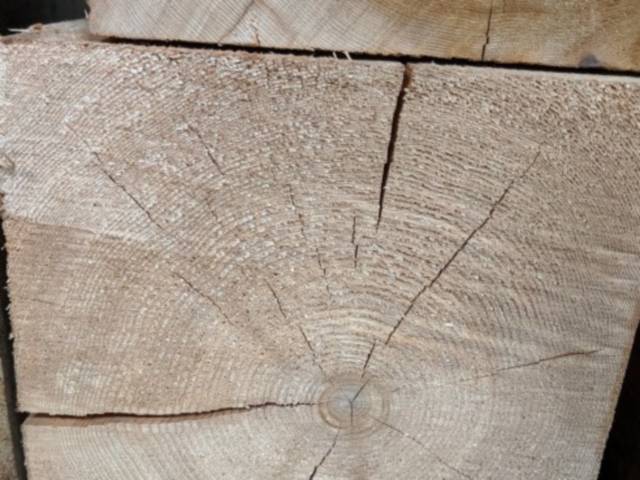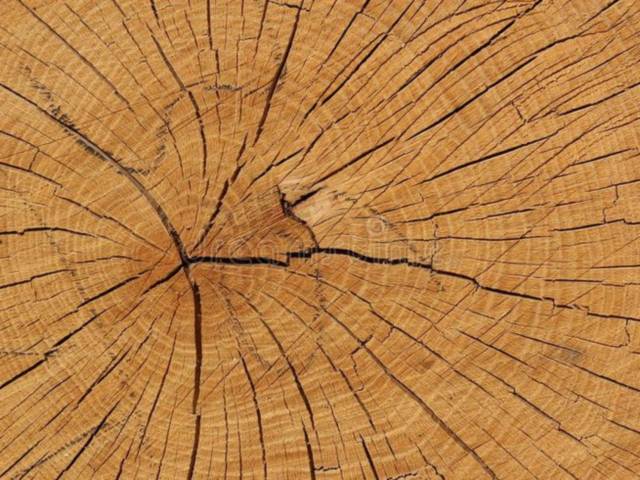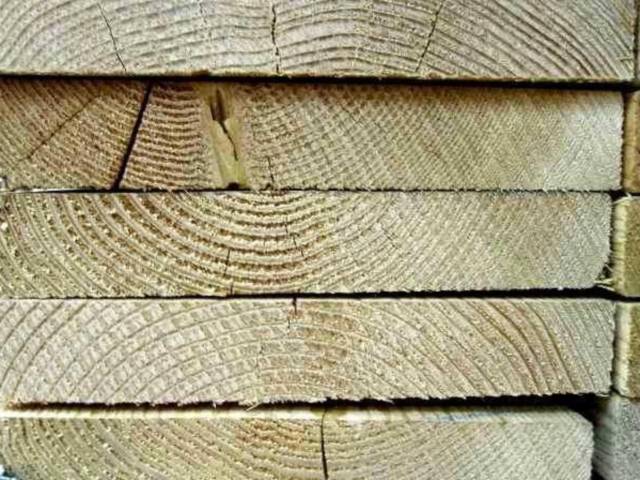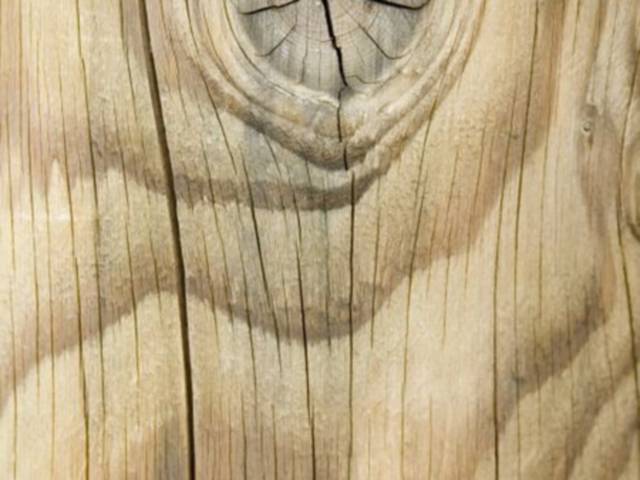
Why is the wood cracking?
2024-01-21 11:10Wood is a natural material. During the growth process of trees, they are often affected by various external factors, resulting in abnormal wood structure and defects that are detrimental to painting. Material changes in trees caused by diseases, insects, etc. (called parasitism) defects), these are natural defects of wood.
Common natural wood defects include knots, discoloration, insect holes, cracks, etc. These will cause damage to the painting, so they must be removed and remedied before painting.
Cracks are caused by the separation of fibers from each other due to the influence of external forces or changes in temperature and humidity in the wood.
There are several forms of wood cracking: surface cracking, internal cracking, end cracking and wheel cracking. Let’s briefly understand the causes of these types of cracking:
1. Surface crack:
Refers to surface cracks, surface cracks refer to cracks on the surface of the log body or finished wood. Cracks are usually confined to the chord plane and develop in the radial direction. When wood dries, water first evaporates from the surface. When the moisture content of the surface layer drops below the fiber saturation point, the surface wood begins to shrink. However, at this time, the moisture content of the adjacent inner layer of wood is still above the fiber saturation point and does not shrink. The shrinkage of the surface wood is restricted by the inner wood and cannot shrink freely, thus generating internal stress in the wood: the surface wood is under tension and the inner wood is under compression. The more severe the drying conditions, the greater the difference in moisture content between the inner and outer layers of wood, and the greater the internal stress generated. If the tensile stress of the surface layer exceeds the tensile strength of the wood cross grain, the wood tissue will be torn. Since the tensile strength of the tissue along the wood rays is smaller than the strength of adjacent wood fibers, cracks will first occur along the wood rays.

2. Internal fissure:
That is, internal cracks. Internal cracks are also often called honeycomb cracks. Internal cracks occur in the later stages of drying and sometimes during storage of dry materials. It is usually not easy to detect from the outside of the wood, but in severe cases, it can be judged by the depression on the surface of the wood. Internal cracks are caused by tensile stress in the inner layers of wood.

3. End crack:
That is, end cracks. End cracks may be limited to the end face of the wood, or may extend to one or both sides of the end, the latter often referred to as splitting. The main reason is that the water conductivity of wood along the grain direction is much greater than that in the cross grain direction. When the wood is dry, water evaporates much faster from the end surface than from the side. The moisture content of the end is lower than that of the middle, and the shrinkage of the end is limited by the wood in the middle, resulting in tensile (extension) stress at the end. When the tensile stress exceeds the cross-grain tensile strength of the wood, cracking occurs on the end face.

4. Wheel cracking:
This kind of crack develops along the direction of the growth ring and often extends to several adjacent growth rings. Ring cracks usually occur on the end face of the wood in the early stages of drying, and as drying progresses the cracks deepen and lengthen. Sometimes it occurs internally, but it occurs in the later stages of drying and is caused by severe internal tensile stress.

